Apple recently announced iOS 16 and many of the early adopters have jumped at the opportunity of using the operating system as earliest as possible. Though Apple makes sure that it doesn’t release builds filled entirely with bugs and inconsistencies, it seems iOS 16 has not been able to break the cycle of the battery drain issue that now seems to be present in almost every major iOS release.
Fortunately, there are multiple ways that you can identify the issue and use countermeasures that help you prevent it. However, do keep in mind it might take a subsequent update from Apple to completely eradicate the problem. Before heading to the solutions, let’s first understand the probable reasons for the battery drain issue.
Potential Reasons for Battery Drain
The battery drain could either be due to a software problem or an underlying hardware issue on your iPhone. In terms of software issues, it could be generated due to a faulty app that keeps accessing system resources extensively. Otherwise, it could also be due to some bugs present in the operating system.
Another reason you might be facing the battery drain issue could be due to the reduced battery health of your iPhone. Battery health can reduce from normal day-to-day usage. However, there are some scenarios that can accelerate battery aging. Some of these include rapid draining of the battery simultaneously while charging, operating the device under high temperatures, or charging the device after extreme battery depletion.
Now that you understand a tad bit more about the battery drain issue, let’s explore the solutions to fix it.
1. Check your Battery Health
The battery health of the device helps you realize the battery’s current charge holding capacity. If the battery health has depleted significantly, the charge holding capacity also goes down. Hence, the battery of your iPhone drains faster.
To check the current battery health of your iPhone, head to the ‘Settings’ app either from the home screen or from the app library.
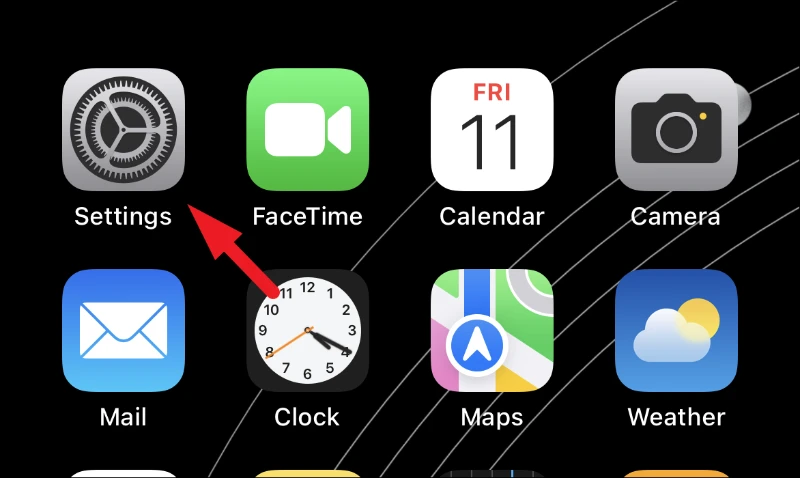
After that, in the Settings app, scroll down and tap on the ‘Battery’ tile.
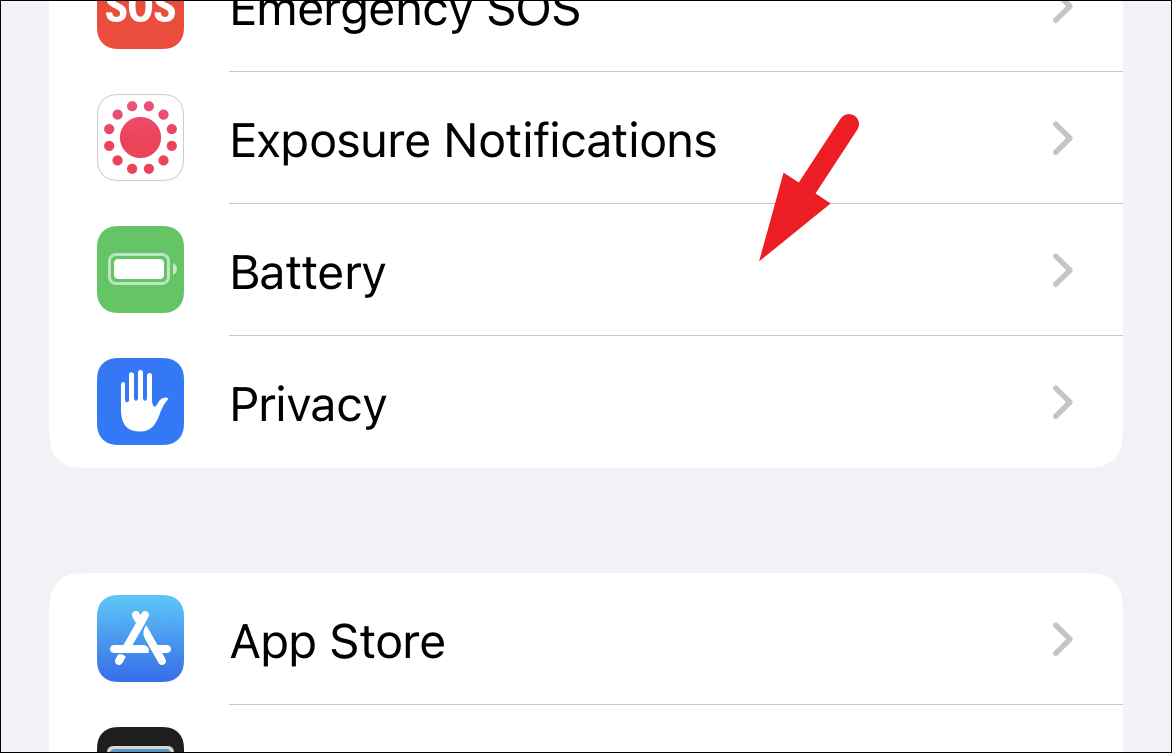
Now, tap on the ‘Battery Health’ tile to check the battery health status.
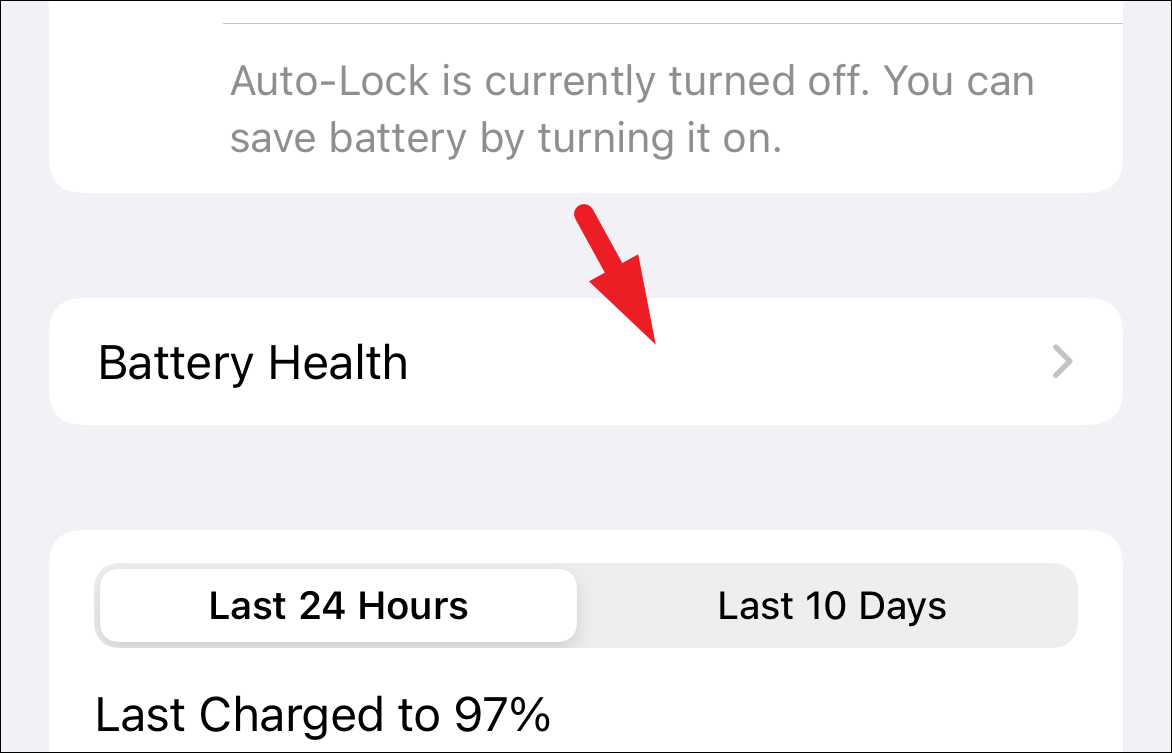
If the battery capacity has been significantly depleted, you can try other methods in this guide to help prevent the battery drain as much as possible. However, you should not expect an exponential increase in screen wake time. Moreover, if you are not planning on switching your iPhone soon, you can also get your battery replaced at an authorized service center.

If you charge your phone overnight, which is harmful to the battery, you can turn on the ‘Optimised charging’ feature. It stops the charging at eighty percent and resumes charging right before you are most likely to disconnect your phone from charging. However, to let this feature work efficiently, make sure you disconnect your iPhone from the charger at roughly the same time every day.
Though the option is enabled by default, if you ever turned it off, you might want to re-enable it.
To turn on Optimized charging, scroll down on the ‘Battery health’ page and locate the ‘Optimised Battery Charging’ option. Then, tap on the toggle switch present on the tile to bring it to the ‘On’ position.
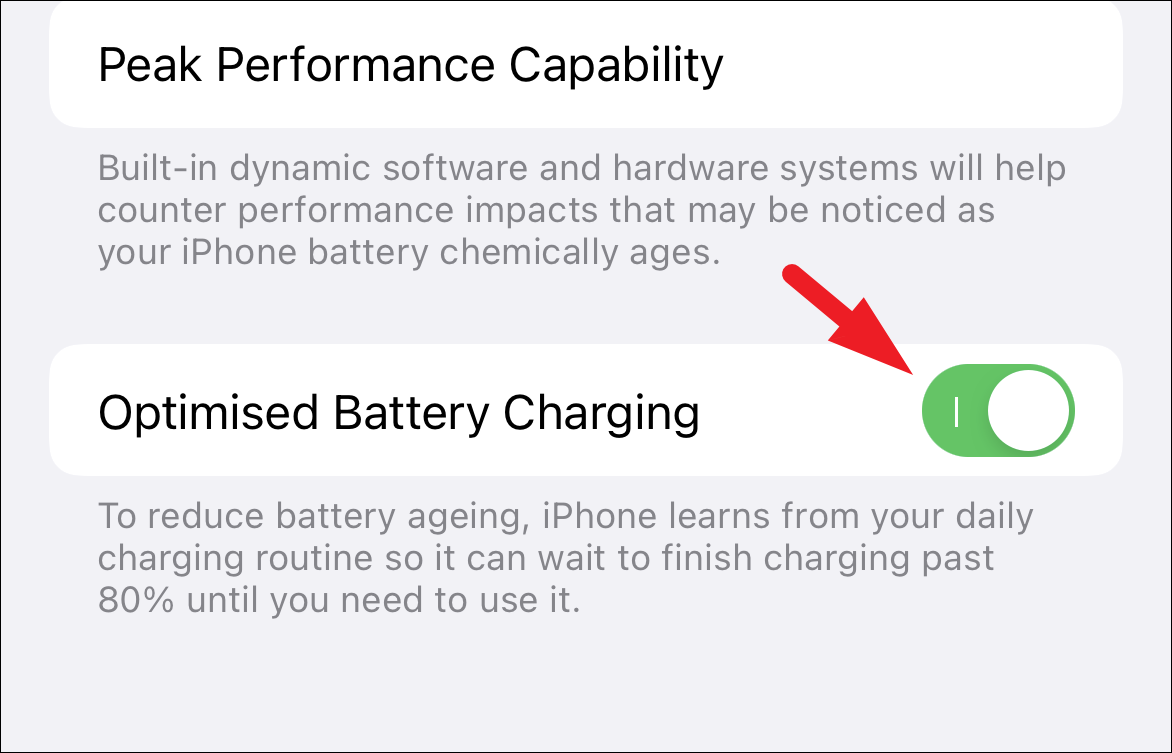
2. Check Apps Draining your Battery in the Background
If you have only recently started to experience the battery drain on your iPhone, there could be a possibility that an outdated or malfunctioning app is hogging resources in the background which is ultimately draining the device’s battery. If that’s the case, you should consider uninstalling the app until the developers release an update to fix the issue.
To check the apps draining the device’s battery life, head to the Settings app.

Scroll down and tap on the ‘Battery’ tile.
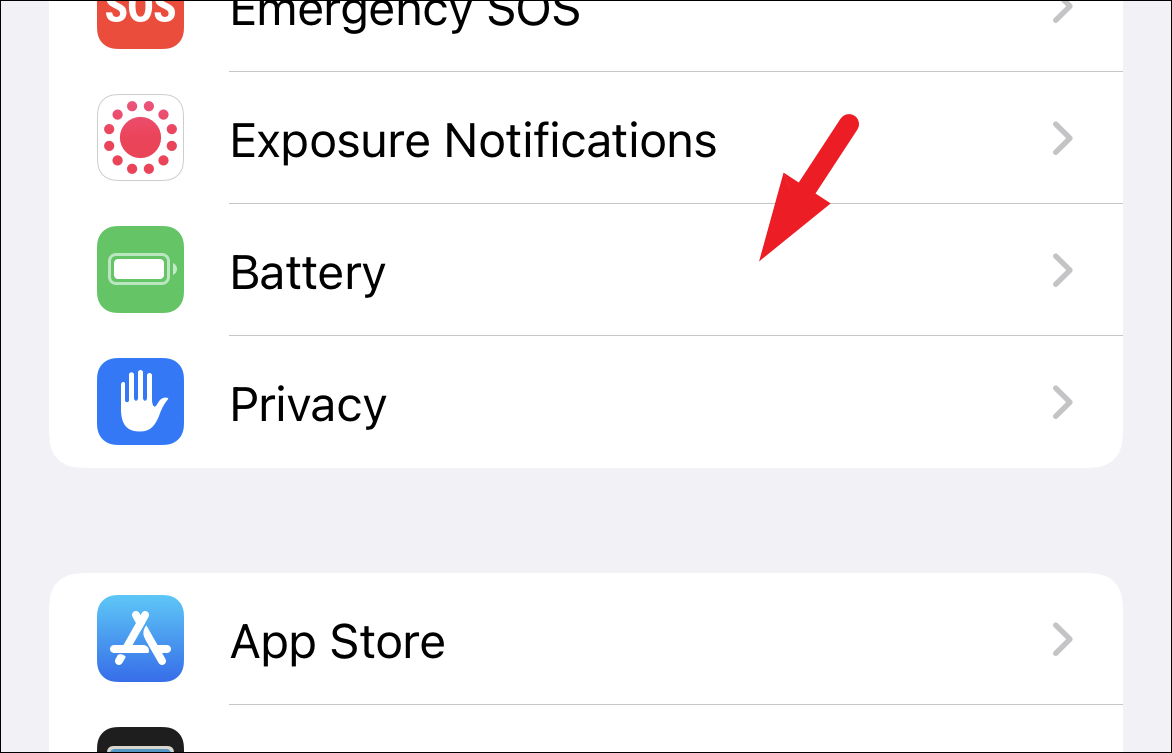
Then, on the ‘Battery’ screen, scroll down till you locate the battery activity and notice the battery drain during the ‘Screen off’ time. If the usage is significant, tap on the ‘Show activity’ button present right underneath the graph.

Next, identify the app that has been draining your battery in the background. Notice the time the app was active in the background; if the time is unusually high, proceed to uninstall it from your device. In case the app is important to you, reinstall it once and monitor the battery usage.
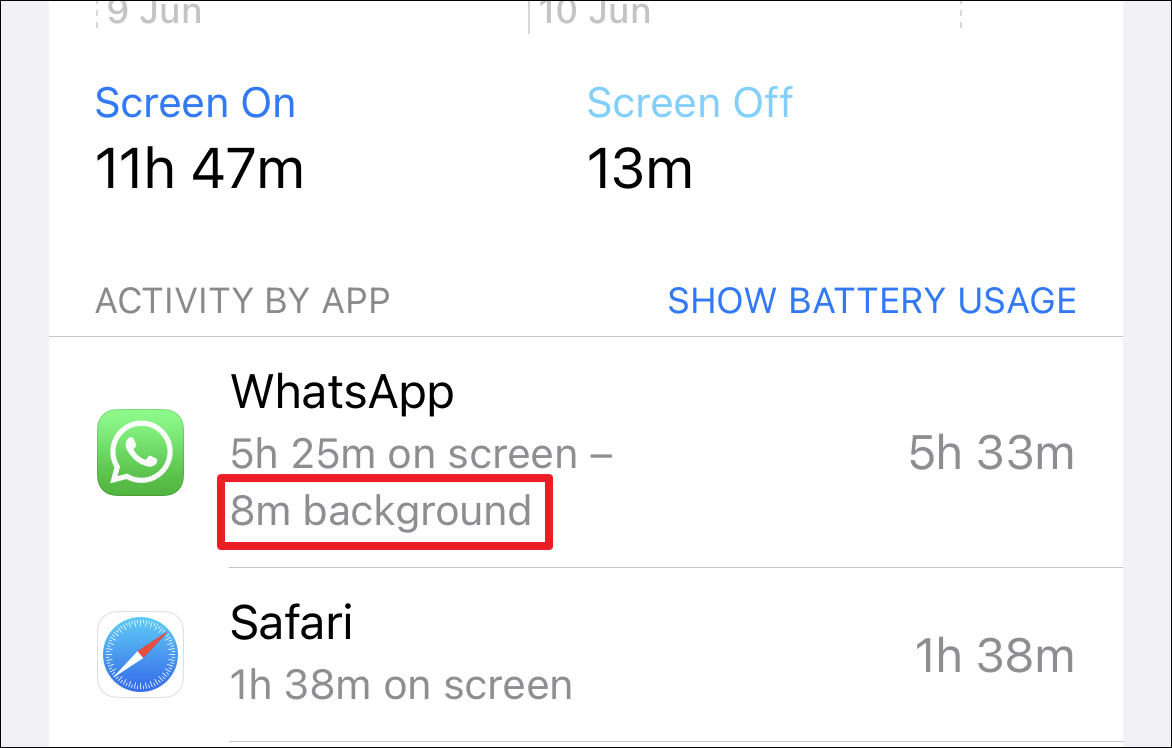
Hopefully, after removing the faulty app, you will be able to see a significant improvement in the battery life of your device.
3. Disable Background App Refresh
If you find that one particular app significantly eating up your battery in the background and you don’t want to uninstall it, you can try this instead. You can also try this for multiple apps if nothing else seems to be working. This is not the most ideal solution to fix the battery drain issue, though, since you’d be trading off some functionality for extended battery usage.
Head to the Settings app either from the home screen or the app library.
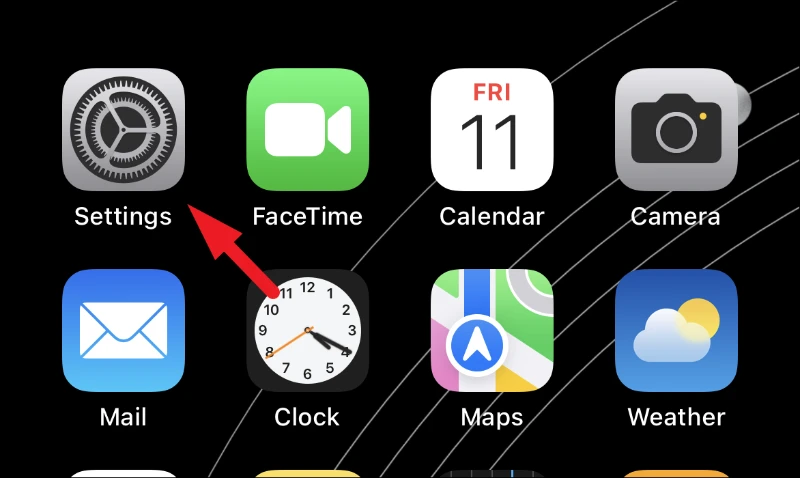
From the Settings screen, tap on the ‘General’ tile to proceed.
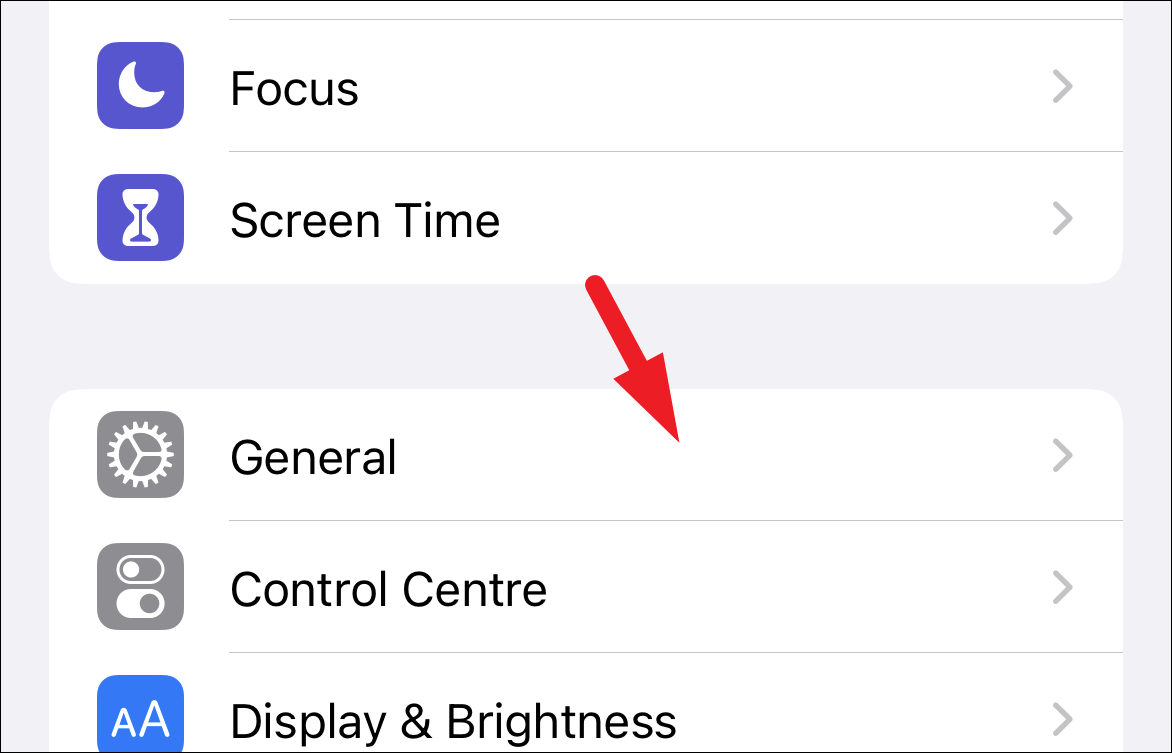
On the next screen, locate the ‘Background App Refresh’ tile and tap on it to continue.
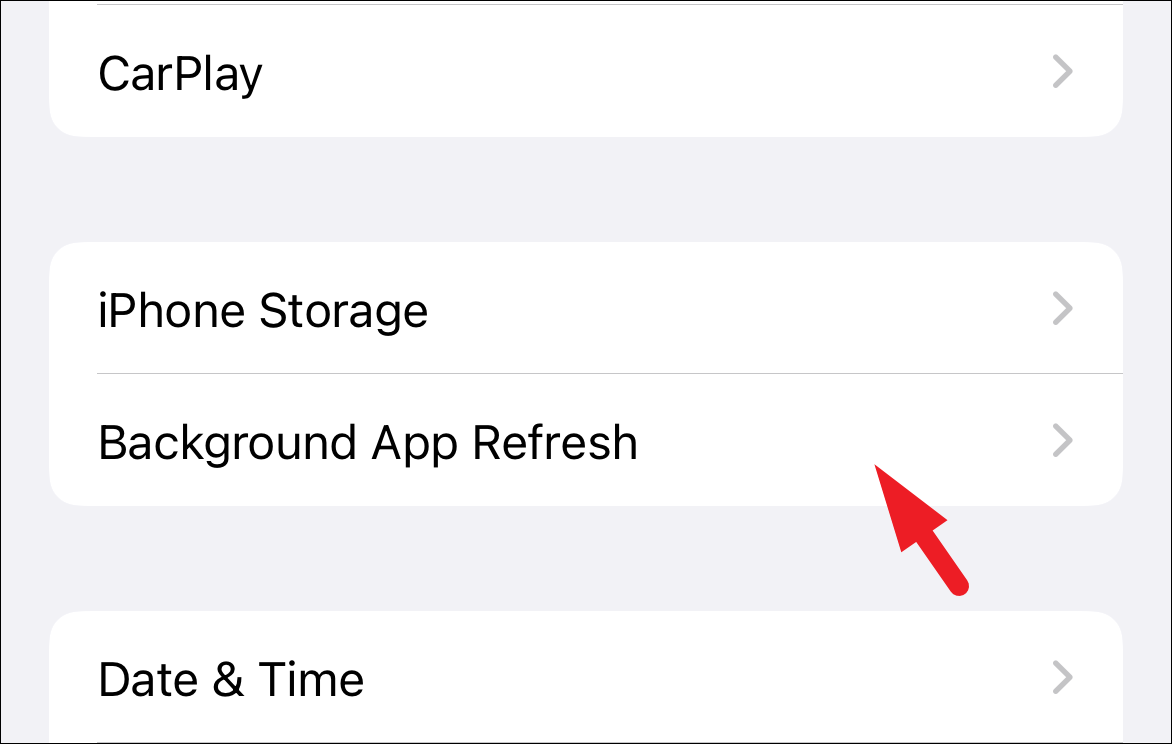
Then, you will be able to see the complete list of apps installed on your device. Now, if you have identified the app that is draining your battery while running in the background, locate it from the list and tap on the toggle switch following the app tile to bring it to the ‘Off’ position.

However, if you do not have an app identified, turn off the background refresh for all the non-essential apps by tapping on their individual toggle switches following each option to conserve battery life.
Note: Do keep in mind that ‘Background App Refresh’ allows you to receive messages and notifications from the app. Hence, only turn off the background app refresh for non-essential apps as it may hinder an app’s routine tasks.
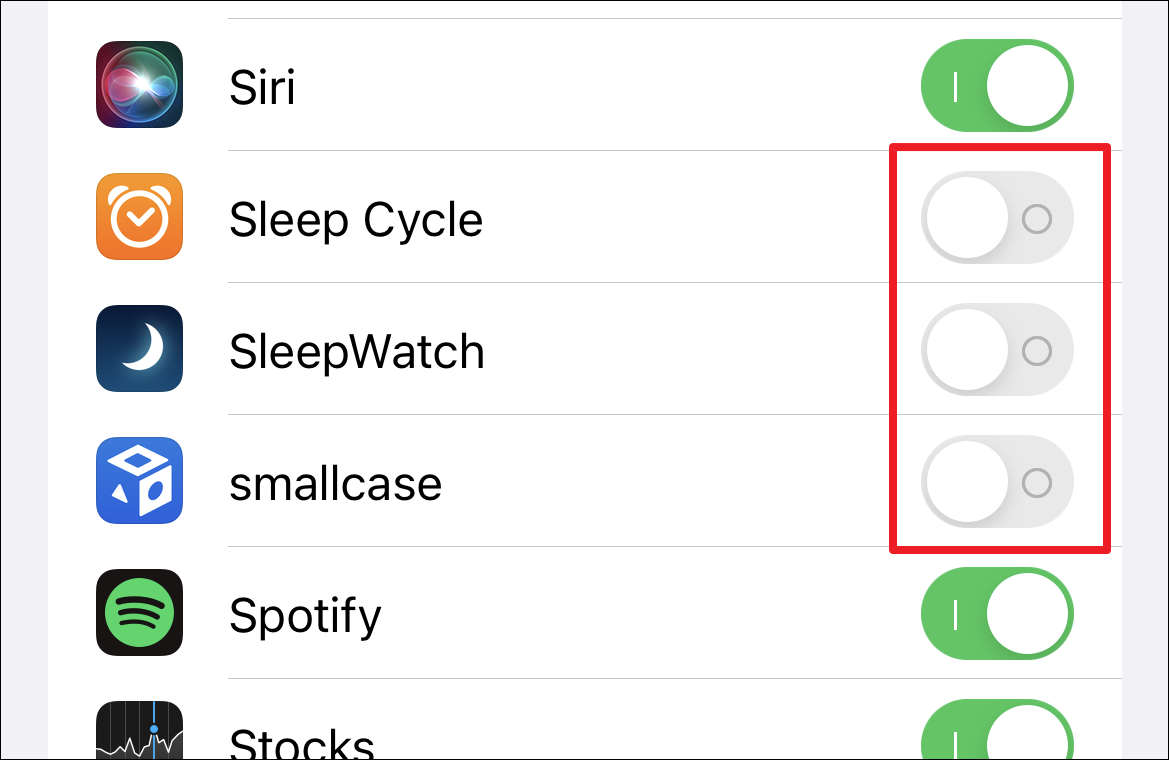
If you have turned off background app refresh for a faulty app that you had identified earlier, you should see a significant reduction in battery drain on your device.
4. Turn off Precise Location and Location Services for Some Apps
Your iPhone allows apps to track two kinds of locations, one is the general vicinity, and the other is precise location. The latter one is used by apps that require or can work better when a precise location is recorded. However, a precise location will cost you some extra battery life.
To add to that, you can also turn off location services for apps that do not rely heavily on the location data to serve their purpose or for the apps that you do not deem essential/ use very seldomly.
To turn off location services, head to the Settings app either from the home screen or from the app library of your device.

Then, on the Settings screen, locate and tap on the ‘Privacy’ tile to proceed.
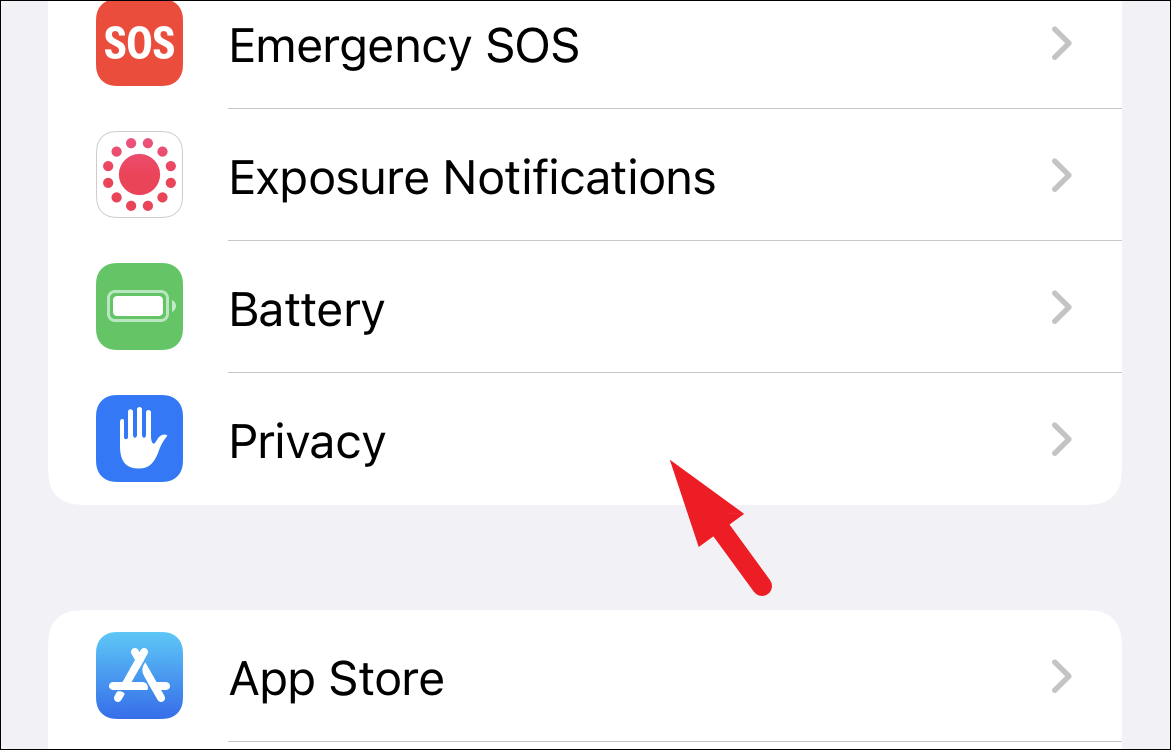
Next, tap on the ‘Location Services’ tile to continue.
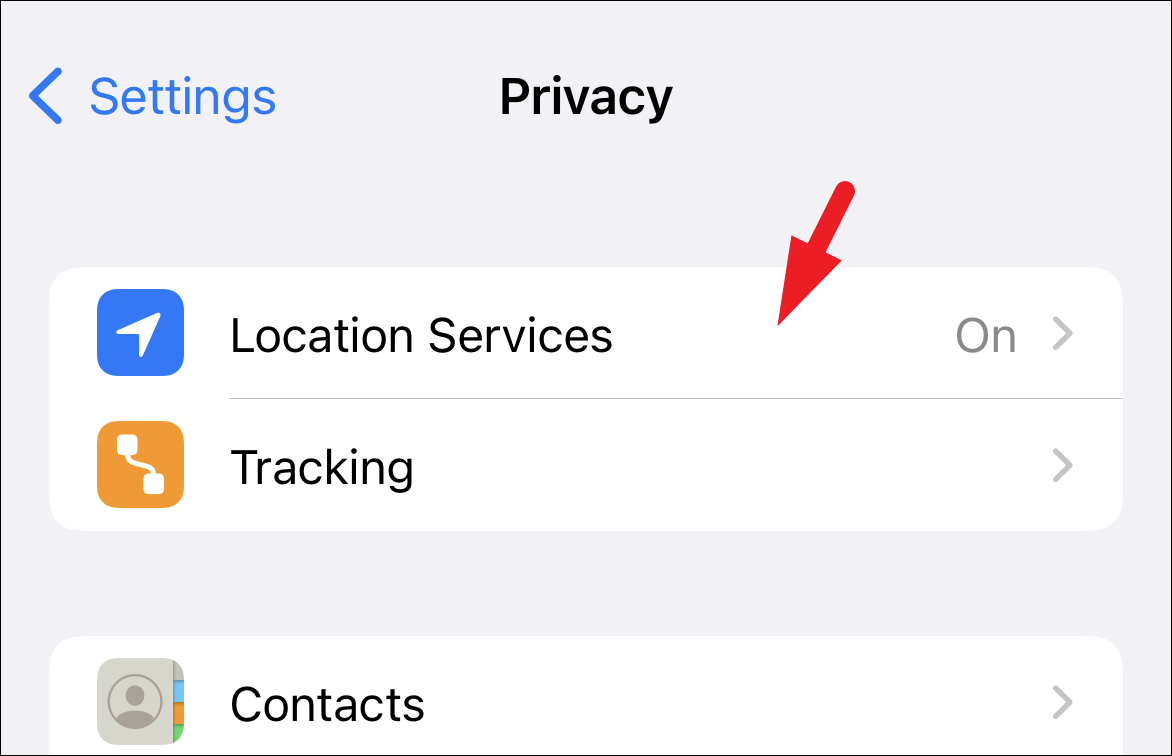
Then, on the ‘Location Services’ screen, you will be able to see the complete list of apps that are using the location services on your device. Now, tap on the app tiles that you do not deem necessary to have location services turned on one by one.
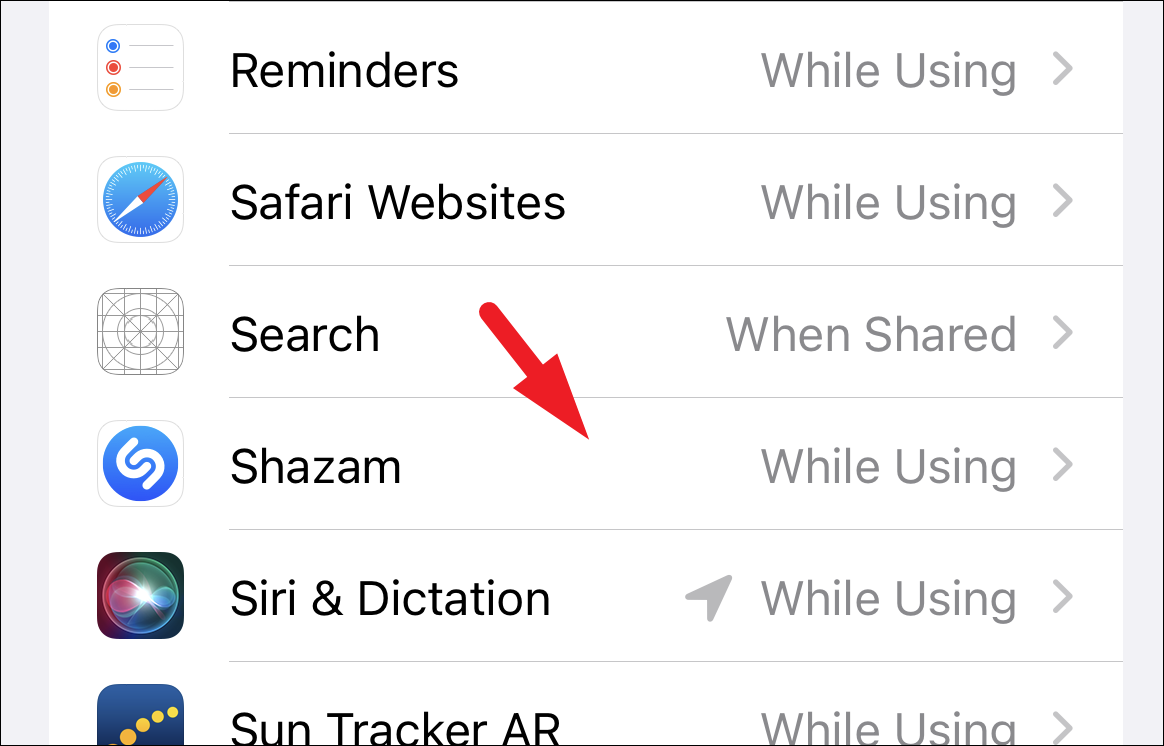
After that, on the next screen, tap on the ‘Never’ option present under the ‘Allow Location Access’ section to turn off location services for that specific app.
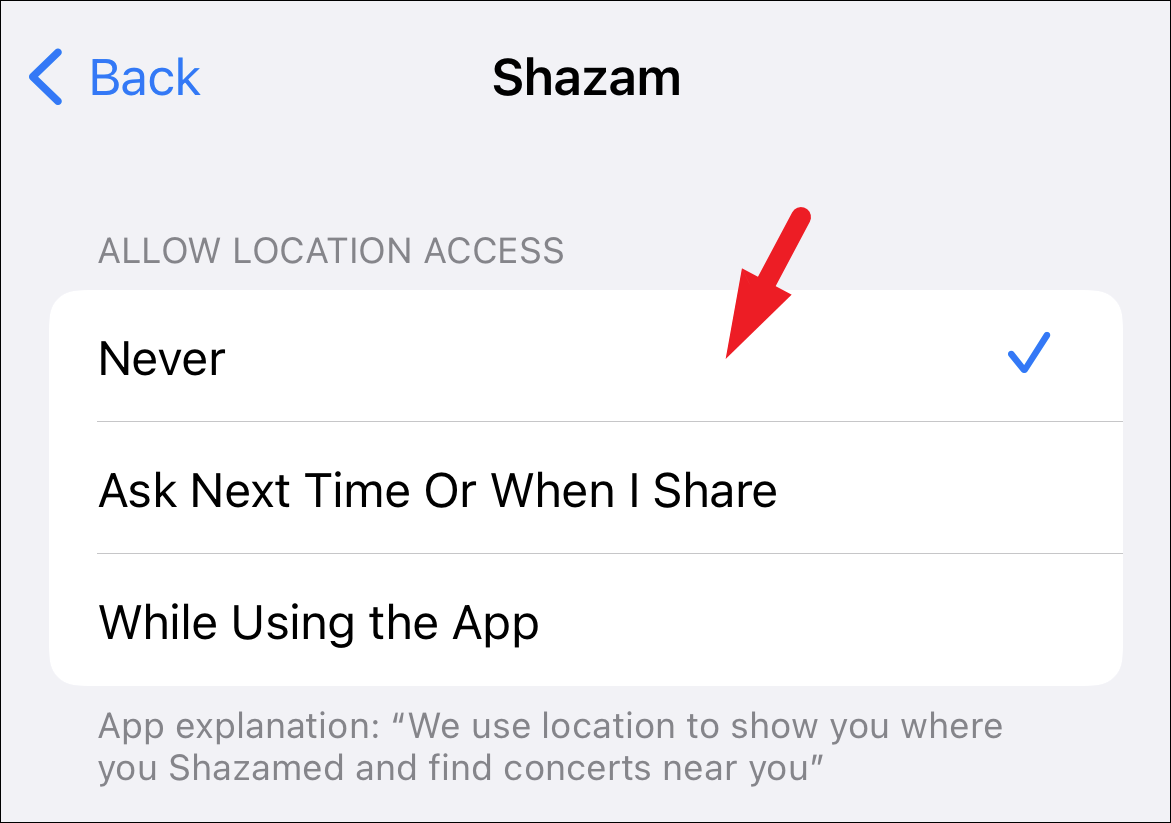
In case the app requires location data to function properly or it is important for you, you can still save battery juice while allowing the location services.
First, tap on the app tile from the list present on the location services screen.
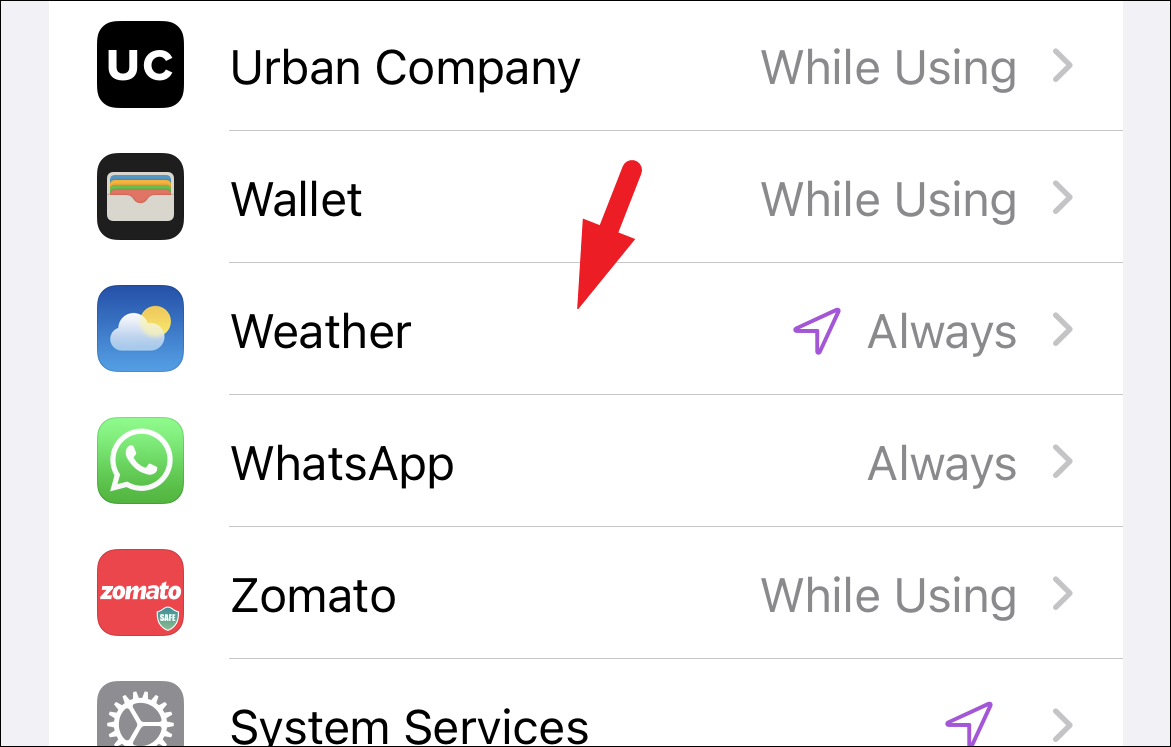
After that, locate the ‘Precise location’ option and tap on the following toggle switch to bring it to the ‘Off’ position.
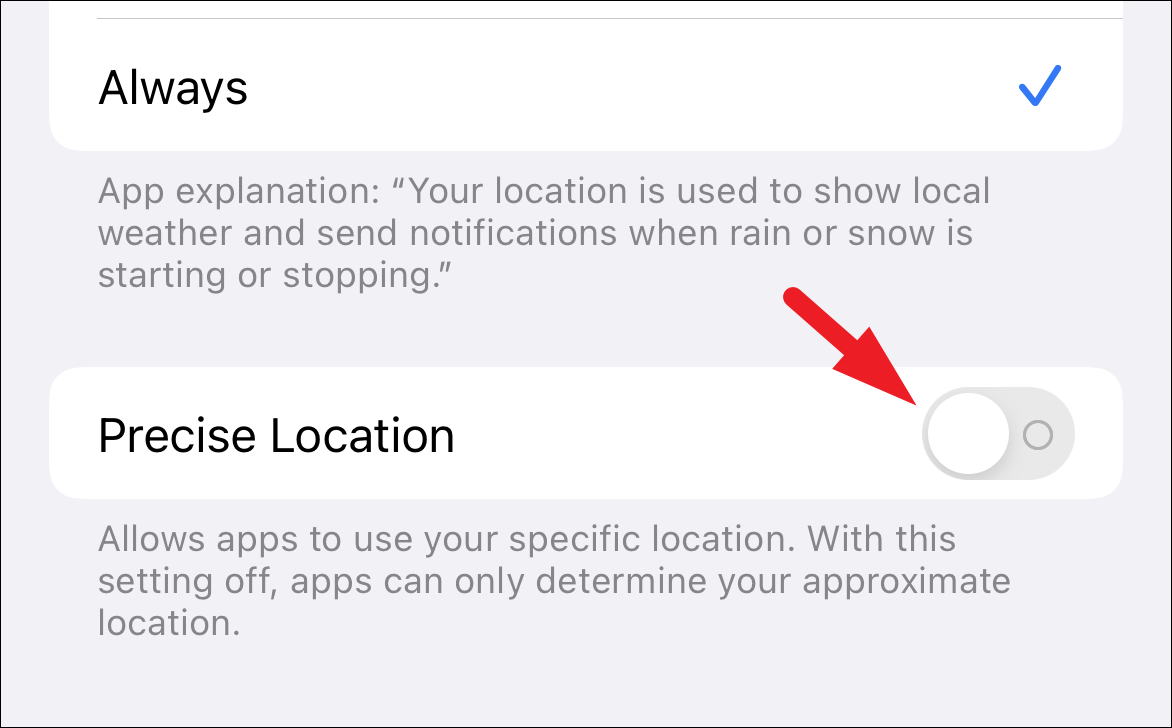
Now, go ahead and turn off the ‘Precise location’ for all the other apps for which you do not wish to turn off the location services.
5. Reduce Motion on your iPhone
One great way to significantly bump up your battery life is by reducing the motion and parallax effect. Nor does it save battery life by ditching the animation, but it’s also a little less load on the processor. Hence, if you are on an older iPhone, definitely consider this solution.
To reduce motion, head to the Settings app either from the home screen or from the app library.
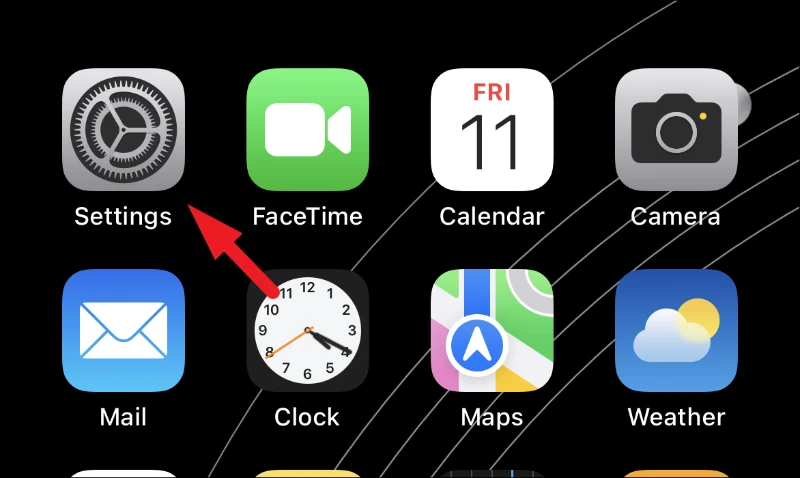
Then, on the Settings screen, locate and tap on the ‘Accessibility’ tab from the list to continue.
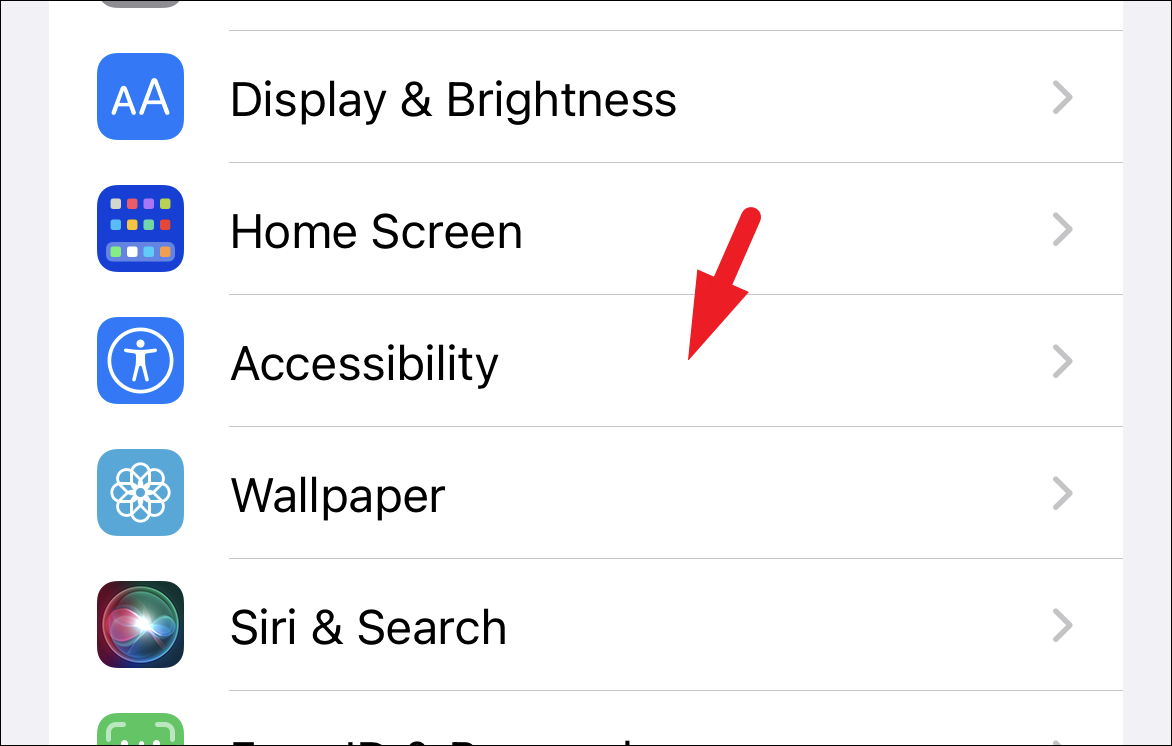
Next, find the ‘Motion’ tab on the ‘Accessibility’ screen and tap on it to proceed.

After that, on the next screen, locate the ‘Reduce Motion’ tile and tap on the following switch to bring it to the ‘On’ position.
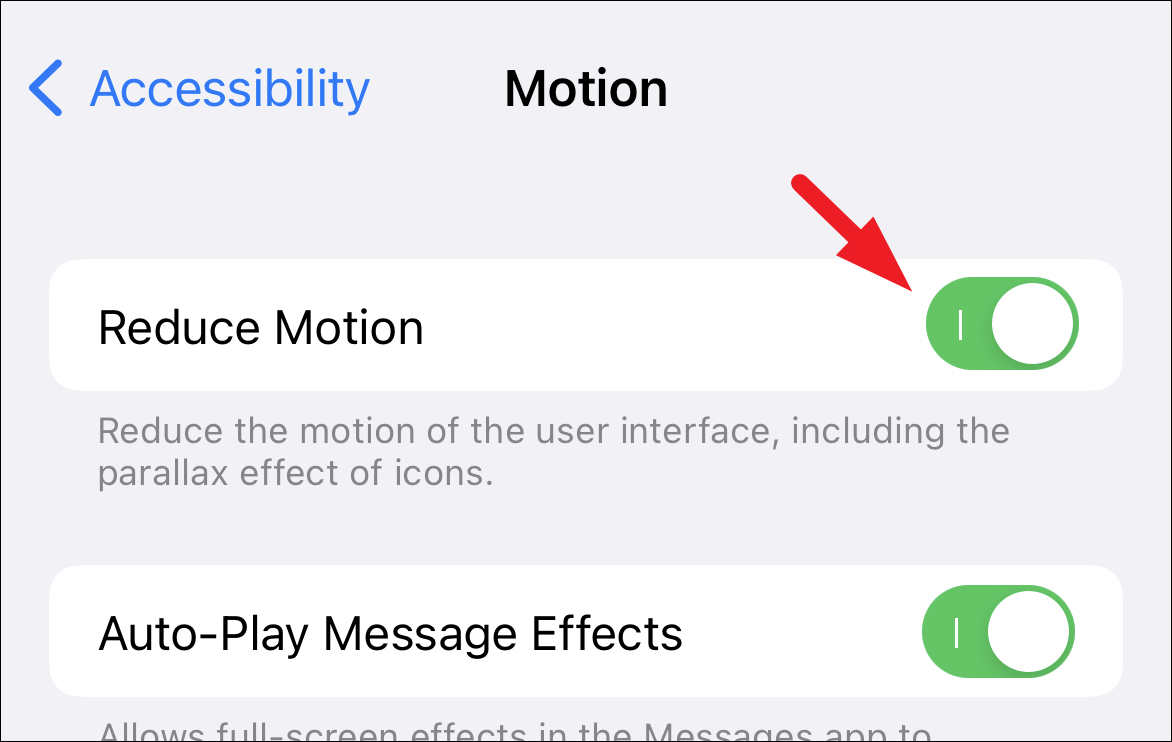
You can also further disable the animation by enabling the toggle switch following the ‘Prefer Cross-Fade Transitions’ option.
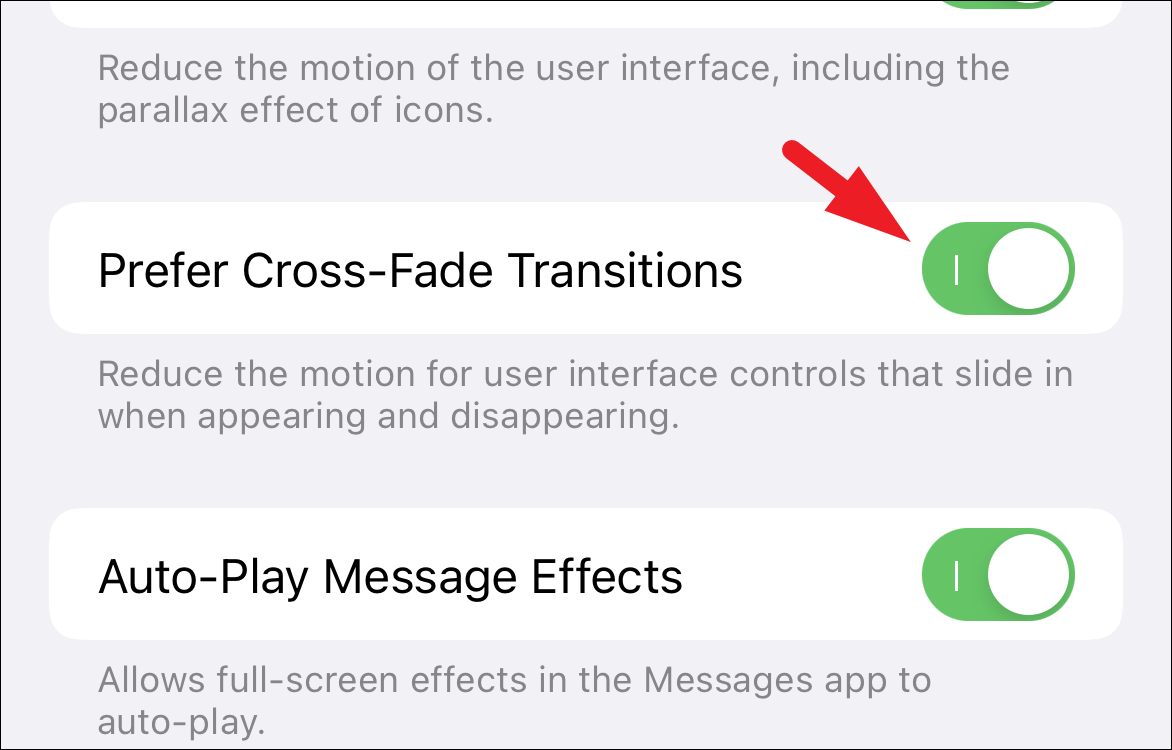
6. Turn off Auto-App Updates and Downloads
Turning off auto-app updates can also help you bring down the battery drain significantly as your phone is constantly checking for available updates in the background.
To turn off auto app updates, head to the Settings app.
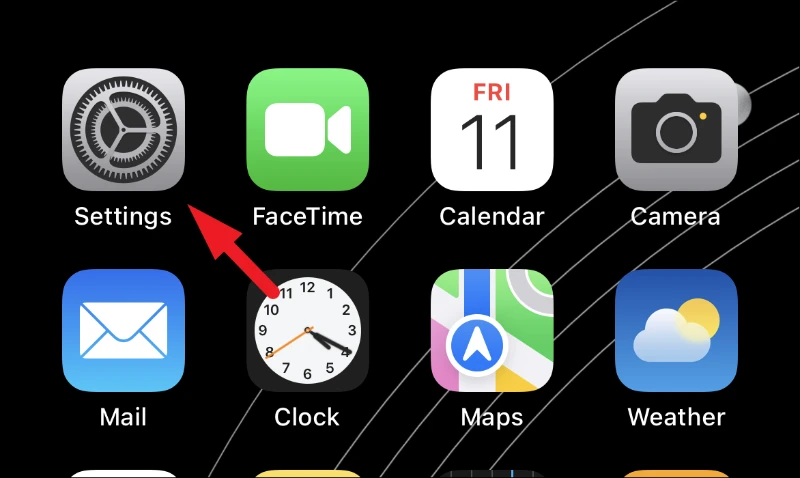
Then, from the Settings screen, locate and tap on the ‘App Store’ tile from the list to proceed.
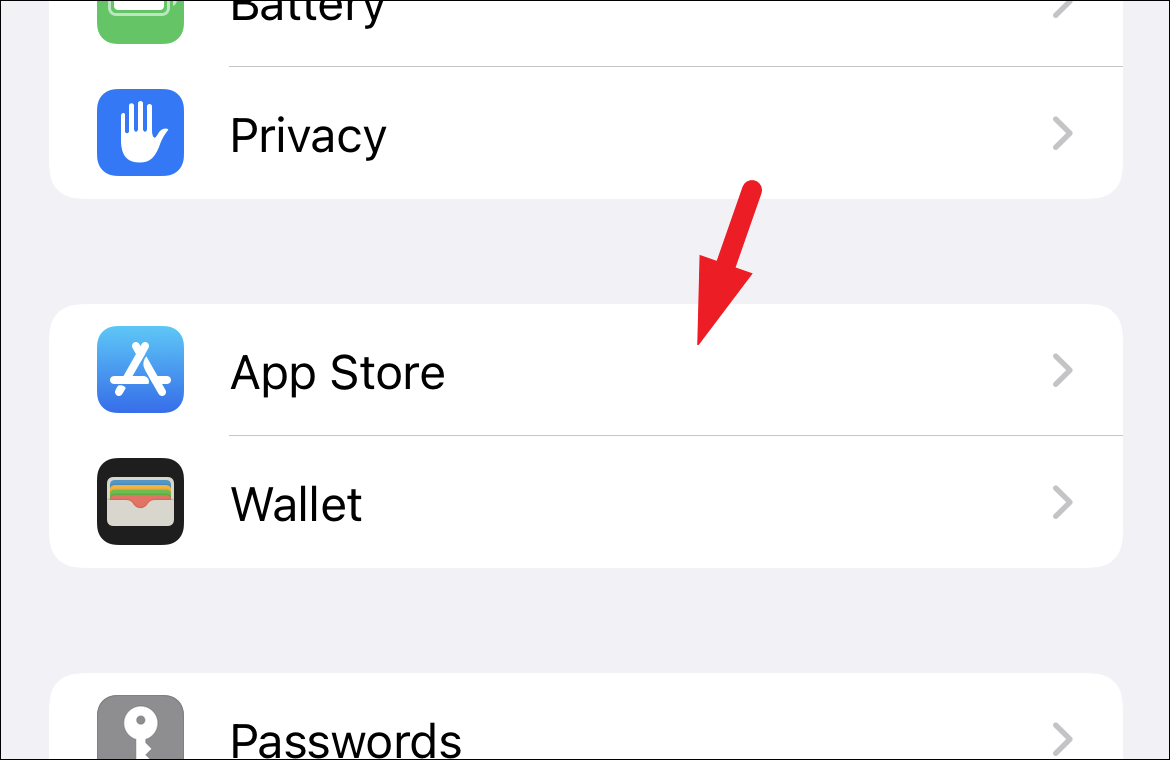
Now, on the next screen, locate the ‘App’ and ‘App Updates’ options under the ‘Automatic downloads’ section and tap on the individual toggle switches following the options to bring them to the ‘Off’ position.

Also, locate the ‘Automatic downloads’ option under the ‘Mobile Data’ section and tap on the toggle switch following it to disable automatic downloads when you’re not connected to Wi-Fi as well.

7. Fix Battery Drain Due to Excessive Temperature of Device
The excessive warmness of the device can also contribute to battery drain. If you find your iPhone gets remarkably hot during regular usage or even when idle, there is a high probability that an app or system process is using significant resources for an extended period. This could be due to a malfunctioning app or system process being stuck, or a random bug due to processes getting intertwined. Fortunately, all this can be resolved with a single force restart.
To do so, quickly press and release the ‘Volume up’ button located on the left side. Then, quickly press and release the ‘Volume down’ button. After that, press and hold the ‘Lock/Side’ button until the Apple logo appears on your screen. Once the logo appears, release the side button.
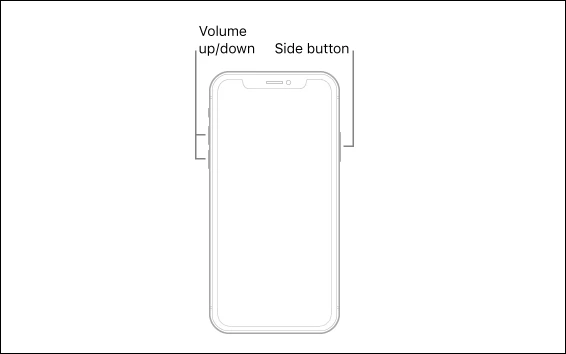
Note: Since iOS 16 is only supported on iPhone 8 and newer models, the instructions to force restart older iPhones have not been included.
8. Reset all settings on your iPhone
If none of the above-mentioned solutions are working for you and the battery drain is seriously hampering your day-to-day life, the only option you have left is to reset all settings on your device. Do note that this will reset all system preferences on your iPhone, including Wi-Fi passwords, network configuration, and VPN configuration along with every other setting that you might have customized to fit your needs.
To reset all settings on your iPhone, head to the Settings app either from the home screen or app library.
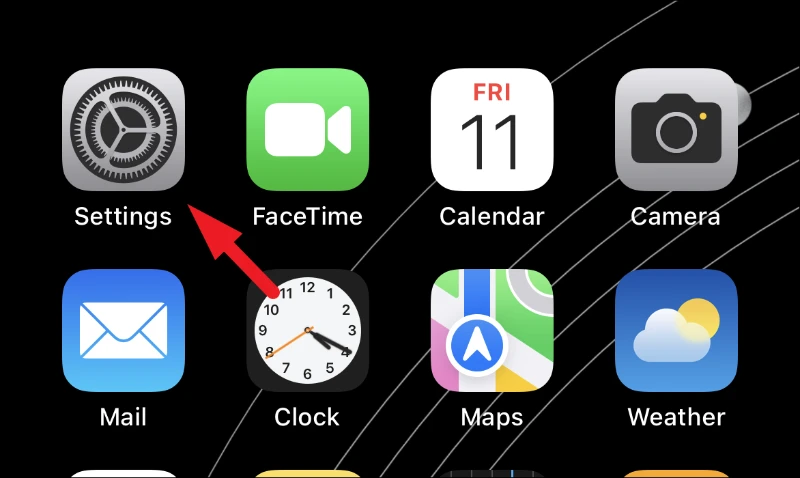
Next, locate and tap on the ‘General’ settings tile from the list to proceed.
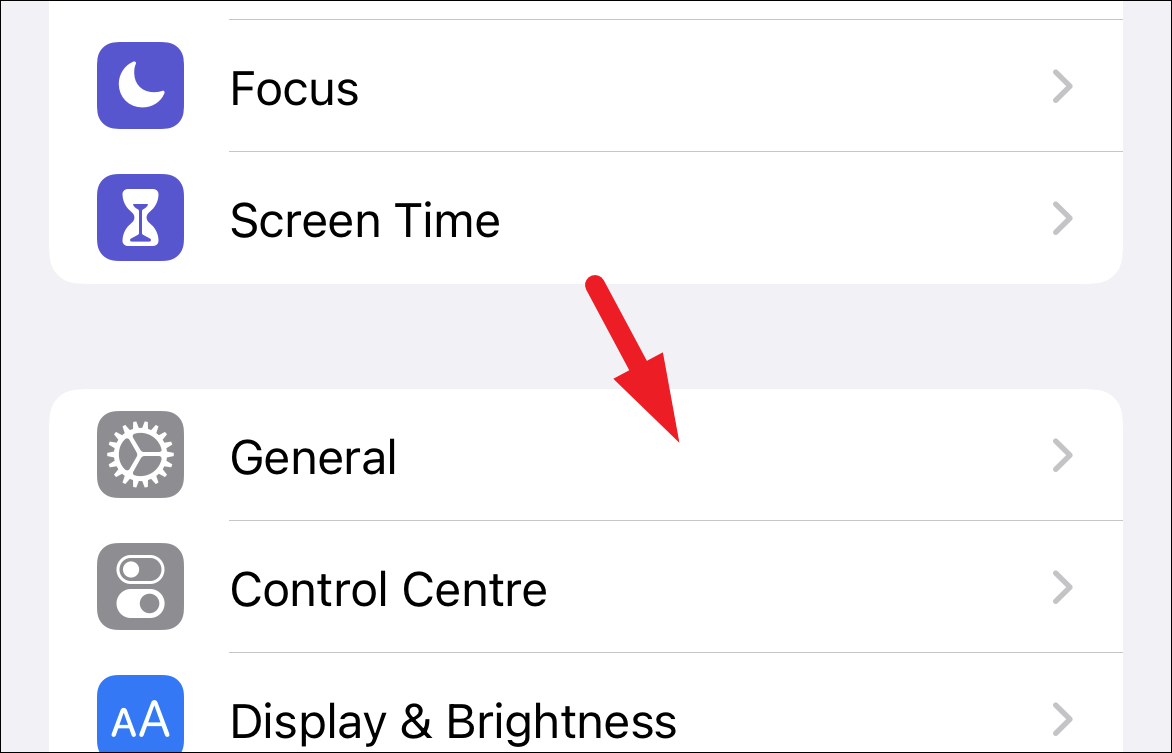
Then, scroll down to the bottom of the page and tap on the ‘Transfer or Reset iPhone’ button to continue.
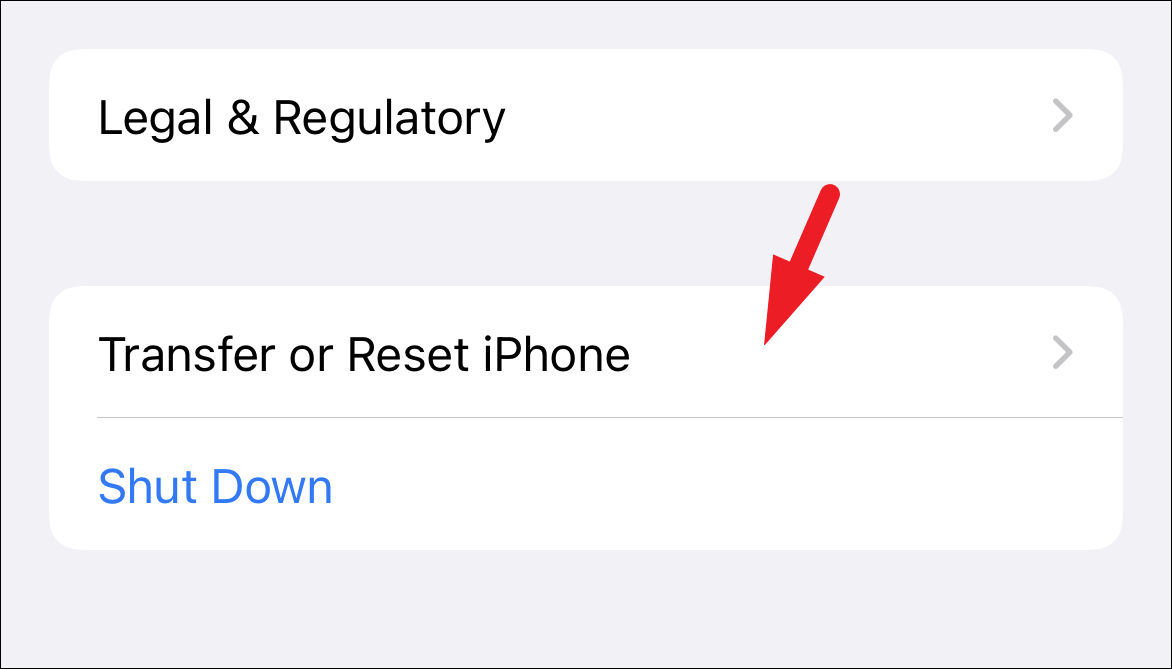
On the next screen, tap on the ‘Reset’ button present at the bottom section of the screen. This will bring an overlay menu to your screen.

From the overlay menu, tap on the ‘Reset All Settings’ option to continue. After that, provide your passcode and your iPhone will restart immediately.

Once the iPhone restarts, monitor the device for 24 hours or once it completes the charge cycle to understand if resetting the settings has resolved the issue or not.
There you go, people. Using the afore-mentioned fixes, you can definitely reduce the battery drain on your iPhone and make it last through the day.

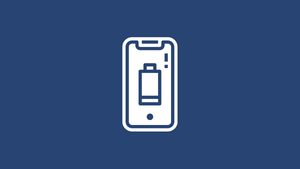


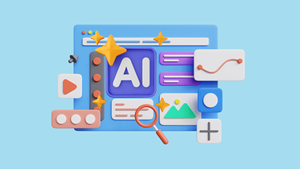


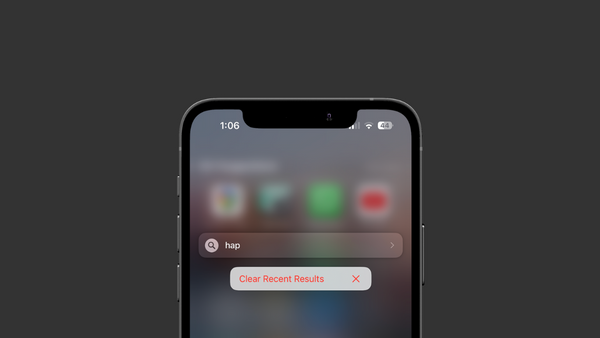


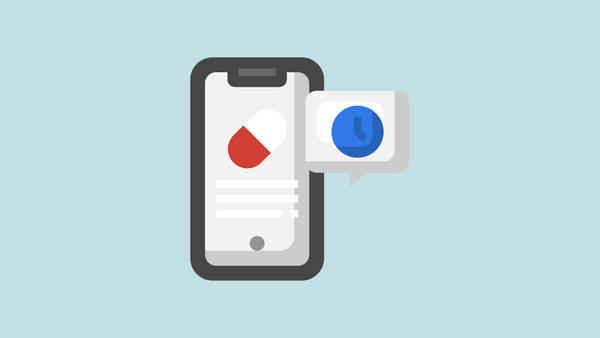
Member discussion